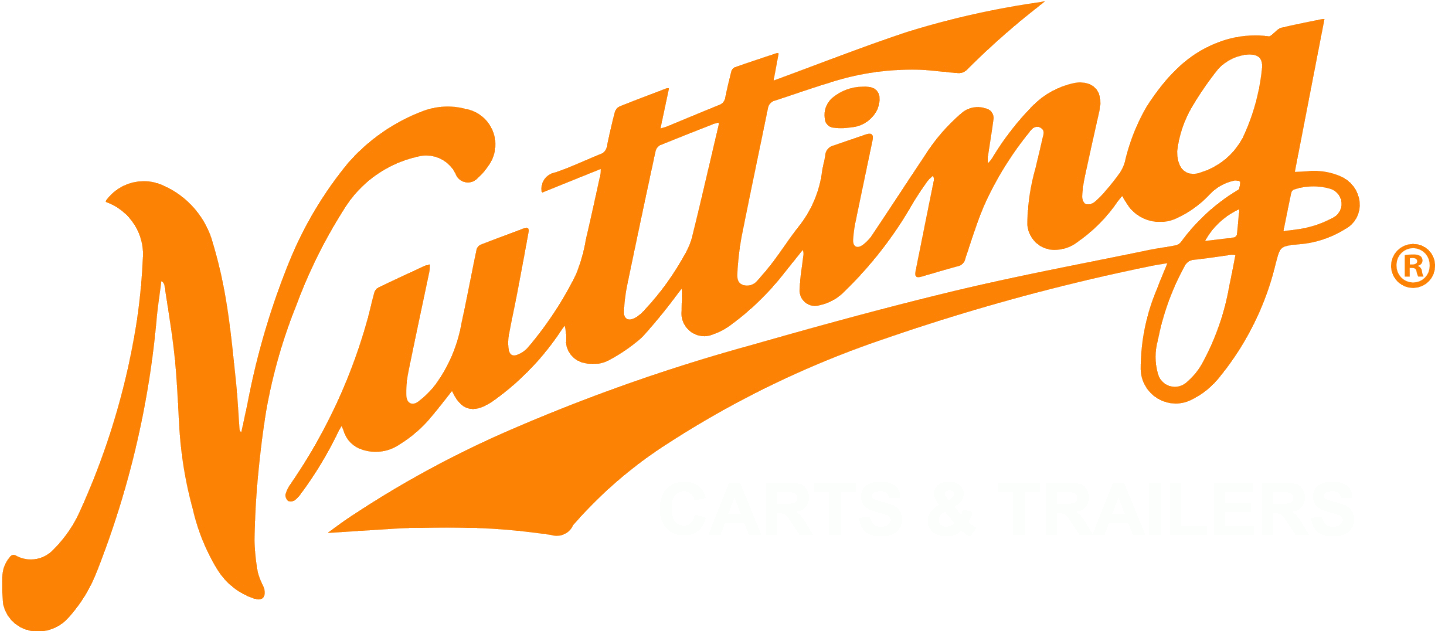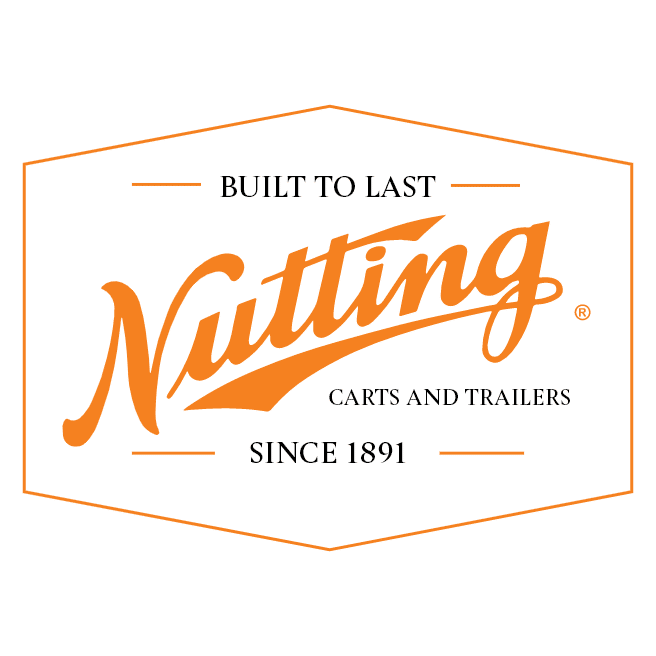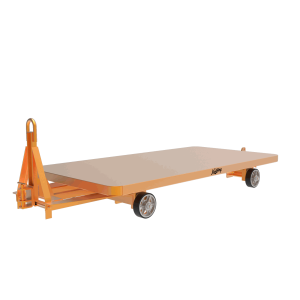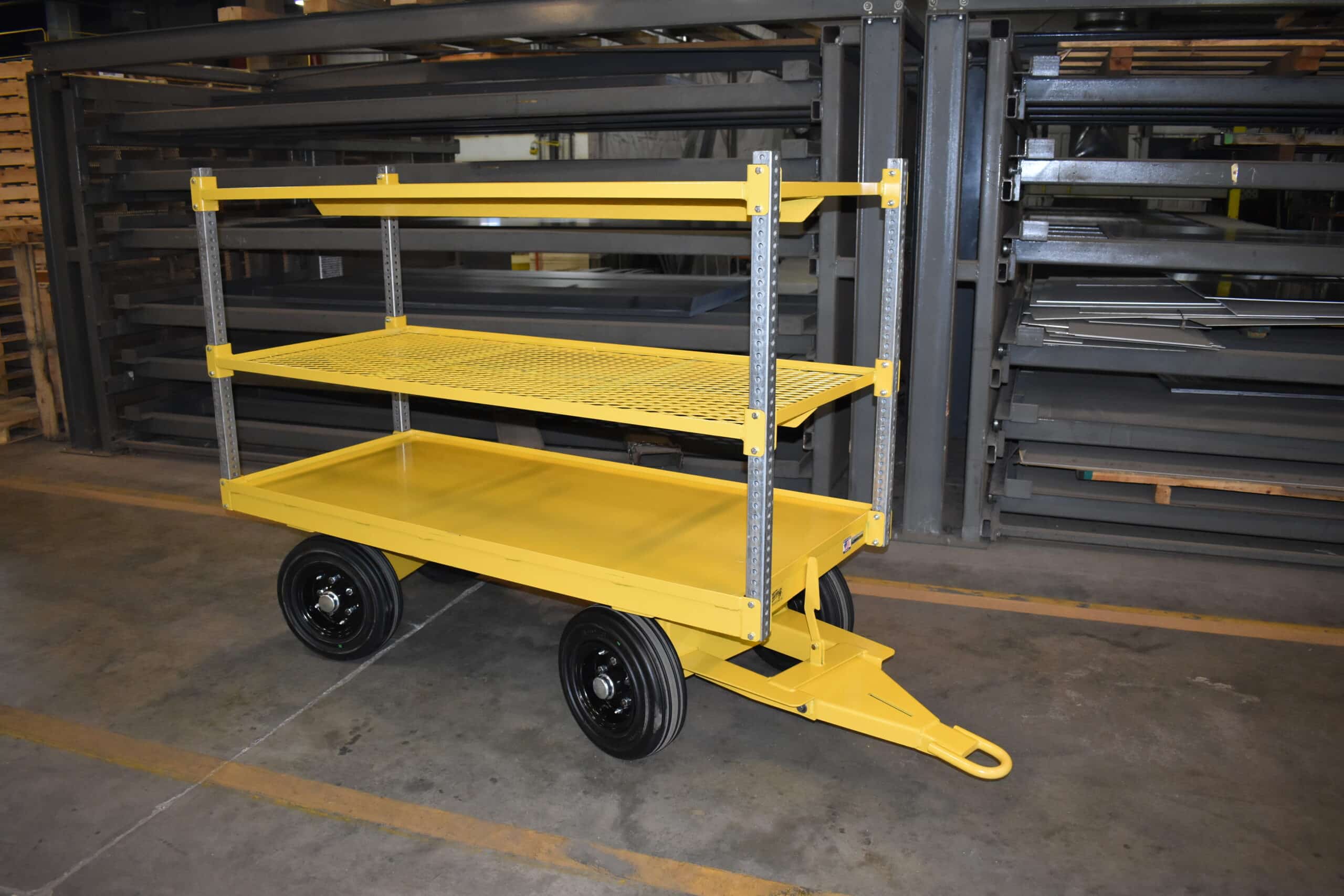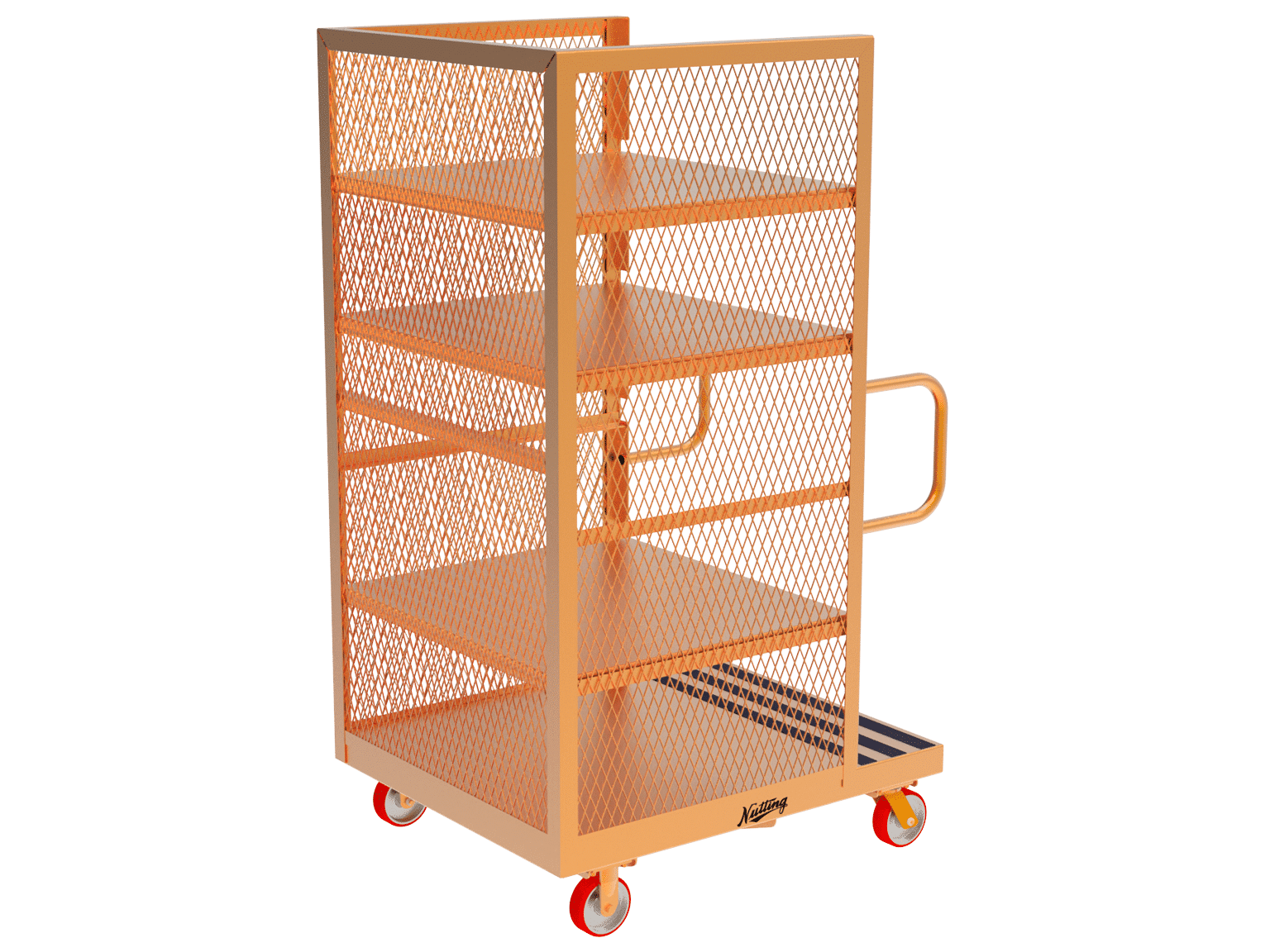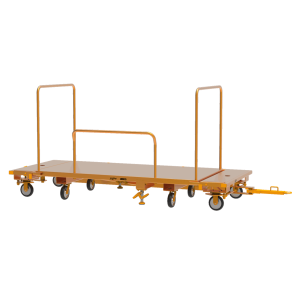An order picker, or order selector, refers to both the equipment used for order picking and the personnel hired to do so. Later in this article we’ll explore order picking equipment, but to understand the need for high-quality equipment, it’s important to first understand the job description of an order picker.
Who Are Order Pickers?
Order pickers are key members of the logistics and material handling community, but what does an order picker do? Order picker job descriptions typically highlight duties such as:
Receiving digital or printed pick tickets
Locating products using available technology
Accurately locating and retrieving orders
Packing orders in the correct box or container
Noting changes in the inventory system
Moving orders to loading docks, transportation vehicles, or containers
Stock control, such as managing item replenishment
Order picking is a physically demanding role that requires a detail-oriented individual with excellent communication skills. Employees must be able to work in a fast-paced environment for long periods of time.
There are typically no education requirements for order selectors, but many leaders in warehouse management choose team members with a high school diploma or GED. The average salary for an order picker in North America can range depending on the locale, part-time or full-time employment, and industry.
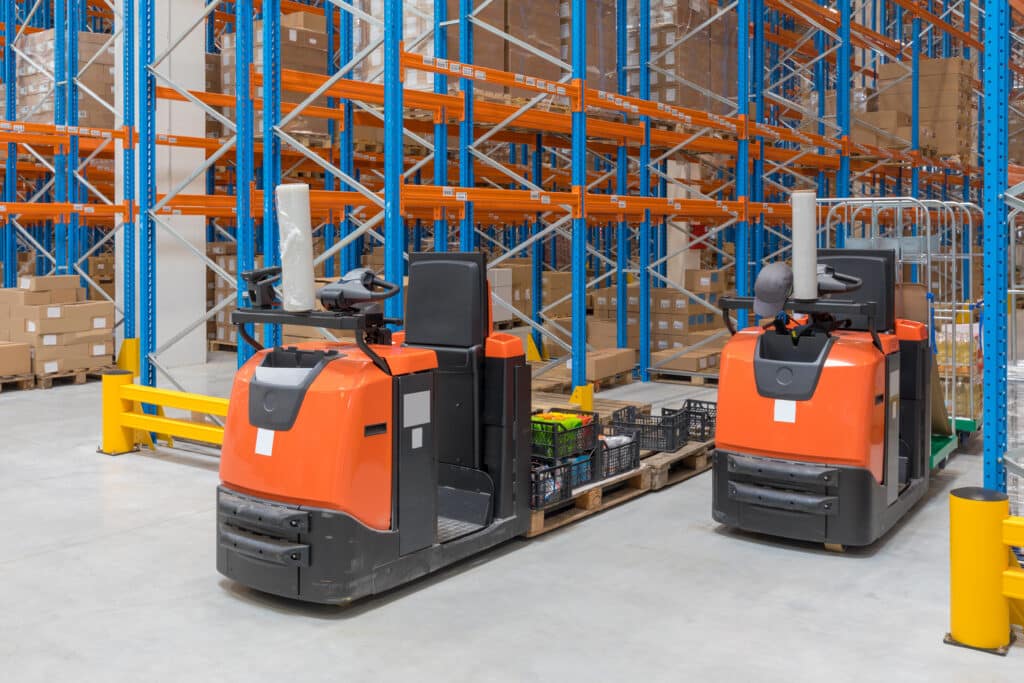
Order Picker Equipment
The warehouse equipment used for order picking is designed to promote operational efficiency, safety, and accuracy as employees fulfill their picker responsibilities. Equipment must be maneuverable and comfortable for extended use. Most often, companies use machines such as:
Warehouse forklifts: Used mainly in facilities with higher inventory volumes, as these machines can lift higher weights than other options. Forklift operators must be licensed as mandated by OSHA.
Pallet jacks: Devices used for load transport across longer distances that can easily fit in tight spaces. Warehouse workers must be trained to operate a pallet jack.
Walkie stacker: A combination of the size of a pallet jack and the extension reach of a forklift, walkie stackers must be operated by trained employees according to safety regulations.
Carts and Trailers: Wheeled platforms designed to move loads across longer distances. Carts and trailers typically have a larger load capacity than forklifts and pallet jacks and trailers can be attached to forklifts or other motorized vehicles.
What Is an Order Picker Cart?
Here at Nutting Carts and Trailers, we specialize in manufacturing custom material handling carts and trailers. One of our most popular lines is our order picking carts. These devices range in size and design, offering three main benefits for warehouse operations:
Efficiency: Carts can offer packers improved efficiency and productivity. Order selectors can move more items simultaneously using strategies like batch or zone picking, reducing the number of trips they take through the facility.
Safety: As an occupation, order picking is physically demanding. Carts can minimize work-related fatigue, make order fulfillment less strenuous, and increase employee morale in the work environment.
Accuracy: Including a cart in the order-picking process can improve accuracy, reduce loss, and make picking the correct items for customer orders a breeze, no matter the industry.
Types of carts used in the picking process
In addition to the equipment listed above, carts can be an excellent tool to make the job easier for order pickers. With such a wide range of carts, there is something for companies of any size and industry:
Picker platforms or carts: These carts are multifunctional, maneuverable, and do not take up much space in a distribution center.
Swivel top carts: Allowing the operator to rotate loads, swivel deck carts offer easy access to all sides without walking around a load.
Mother-daughter carts: Mother-daughter carts include a base cart and insert carts that can attach and detach for a variety of uses.
Security carts: Ideal for the safe transport of expensive materials, security carts have a locking system.
Utility carts: Utility carts are basic pieces with minimal shelves that can handle medium-heavy loads.
Smart carts: Some industries are turning to Smart carts with pick-to-light selection systems.
Pallet trucks: Palletized materials can be transported using pallet trucks, which can come with or without lift.
Choosing the Right Cart for Your Operation
When you’re searching job boards to find an employee to fulfill your role, it can be a challenge to sort through potential employees with the right order picker skills for your facility. Finding order picking equipment can be an easier task if you know what to look for. Consider the following factors when choosing a cart to improve stock selection at your facility:
Material: Like any material handling equipment, construction should be a priority for cart selection. Look for high-quality, lasting materials like steel, aluminum, and wood that show durability in the face of long-term use.
Shelving: Depending on your industry, shelving might be needed – but there are numerous different shelving styles, some better for small items, others ideal for bulk materials.
Comfort: Your cart will be operated by a human being, which means comfort is a concern. Long hours using an uncomfortable or unsafe piece of equipment means your employees may be harmed on the job.
Extra features: Carts come with a range of additional features that can amplify productivity and efficiency. Look for step stools, customization, detachable shelving, and other features that will improve your workflow.
